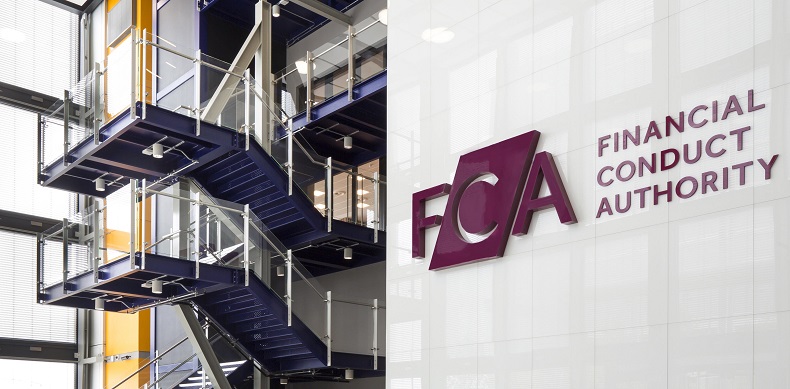The number of pension savers advised to transfer out of defined benefit (DB) schemes has fallen ‘dramatically' in the last 18 months, according to data obtained by Kroll.
The data and risk firm submitted a freedom of information (FoI) request to the Financial Conduct Authority (FCA) requesting data on recent trends in DB transfers covering April 2020 to September 2021.
The total number of customers advised to transfer in that 18-month period was 34,053. In the preceding 18 months (October 2018 to March 2020) the figure was 49,456, representing a fall of 31%.
Kroll financial services compliance and regulation practice MD Mark Turner said the FCA figures were positive.
"Reducing this figure has been a key aim of the FCA, so it's positive to see that regulatory intervention seems to be working," he said, warning there were still risks despite the positive indications from the data collected through the FoI.
"The percentage of customers being advised to transfer does still remain high - close to two thirds," he noted. "This, however, could simply mean that the triage process is working as intended and that customers who previously might have been advised not to transfer are now simply not progressing past the initial guidance phase."
FCA data published prior to the FoI showed the number of pension savers adviser to transfer out of DB schemes has been significantly lower since October 2018, after peaking in the 24 months prior.
The use of contingent charging structures - which only financially benefited advisers in the scenario in which a transfer went ahead - were banned in mid-2020 after a two-year investigation by the regulator into the quality of transfer advise.
A Lane Clark & Peacock freedom of information request to the FCA last June revealed around 70% of clients who employed advisers with a contingent charging model chose to transfer their DB pension - more than double the rate of those who chose the opposite structure.










